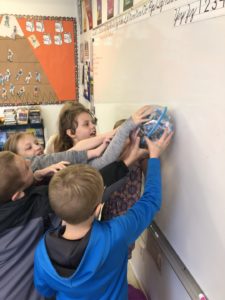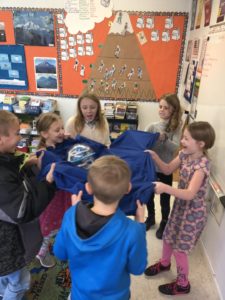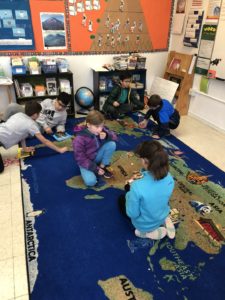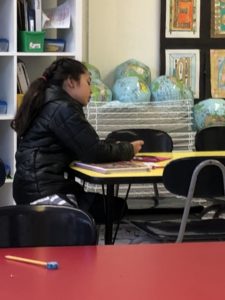Carrying and placing the sacred stone back in the Kaaba.
Finding new ways to study our spelling words.
History & Geography
Our weekly objectives were to:
We finished up our unit on The Middle Ages and started our new unit: The Spread of Islam.
- Understand the origins of Islam
- Identify Muhammad
- Identify and explain the Five Pillars of Islam
- Explain the significance of Mecca
- Understand the basic facts of Muhammad´s early life
- Summarize Muhammad´s message
- Understand the reasons for and the events of the Hegira
- Describe the distinctive religious practices of Islam
- Explain Muhammad´s conquest of Mecca
- Understand how Islam spread throughout the Arab world during Muhammad´s final years and after his death
- Explain the importance of trade in the development of Islamic civilization
- Describe the contributions of Islamic scientists, scholars, and artists
Mathematics w/Laura
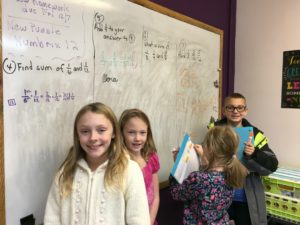 Week of November 26 – November 30, 2018
Week of November 26 – November 30, 2018- Adding Fractions
- Subtracting Fractions
- Mixed Numbers
La lectura
We began our new LA unit: From dreams to jobs. Our first story was an expository text on how to make some extra money and the planning process involved before staring your own business. We did not have a spelling list this week so we spent that time focusing on verb conjugations. With explicit instruction, the students were able to identify the patterns they see in the different types of verbs and then use them in games.
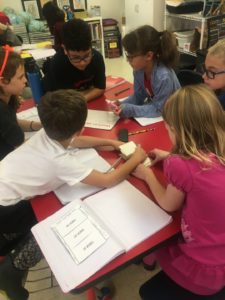
Verb conjugation is fun!
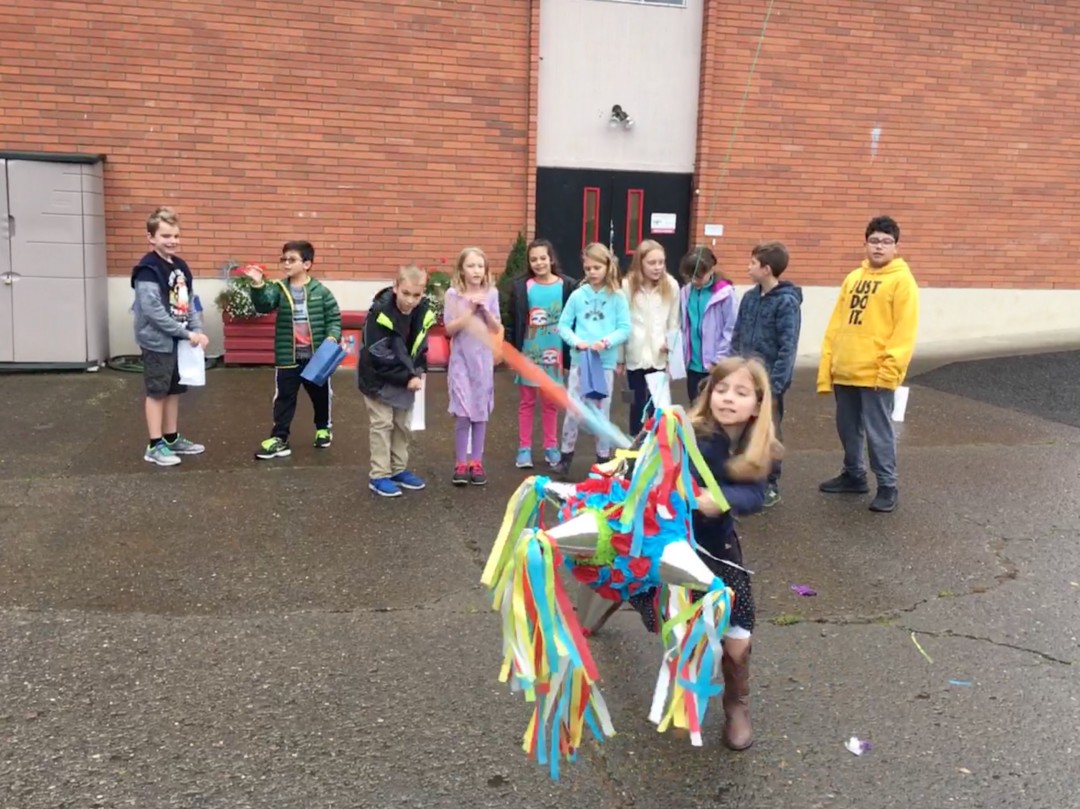
Celebrating reading 12+ hours this past month!

Uncovering our fossils!
Ciencias
This week we were able to see the “fossils” we had made before Thanksgiving break. It was fun to see how the plaster of Paris had filled in the imprint of our shells.
Students can now describe the process by which fossils are formed in sediments that became rock. (They are buried in sediment, a mold forms, as the organism decomposes, other minerals oil in the mold as the rock hardens.)
Students are also able to explain that fossils are evidence about the past. For example, if you find a fish fossils in a desert, that is evidence that the land was once covered by water, even though now the landscape is dry.
Specialists:
Art with Ms. Kelly
Figure Studies
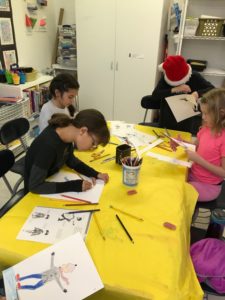 Each year I like to do a Figure Study project with all the students. This is a good way for them to learn about and review the basic proportions when drawing a person. We start with cutting out basic geometrical shapes for the head, body, arms and legs, and the students make a simple standing person using a collage technique. Then they learn how to make a moving figure, such as a person running or jumping.
Each year I like to do a Figure Study project with all the students. This is a good way for them to learn about and review the basic proportions when drawing a person. We start with cutting out basic geometrical shapes for the head, body, arms and legs, and the students make a simple standing person using a collage technique. Then they learn how to make a moving figure, such as a person running or jumping.
We started the project by looking at human figures in Art History, from early Greek and Roman sculpture, to Medieval religious art, to Renaissance paintings and statues, to Modern art. The students could observe the differences in realistic figures and more abstract ones.
We also had fun with different students modeling for the class, to see if the rest of the class could create that pose using the paper basic shapes.
After the students made a collage figure, they also used crayon rubbings to create duplicate figures, and they cut out a variety of figures to show movement and rhythm in their art. Some of these amazing figures are on the bulletin board by “los banos” at school.
Holiday Mural
The students were able to practice their figure drawing skills when they made the Ice Skaters for the Holiday Mural at school. They all did a great job showing different ice skating poses. Many of the ice skaters are already on the bulletin board Mural, and I’ll add more as they are finished.

